John mentioned the yards of terraced houses, cottage gardens of our villages and the gardens of the pit cottages at Beamish that would also house a pig and some chickens. Gardens by man in God's own garden of Northumberland.
Personal spaces created by their owners. Contrast merely in scale.
by Rudyard Kipling
Our England is a garden that is full of stately views,
Of borders, beds and shrubberies and lawns and avenues,
With statues on the terraces and peacocks strutting by;
But the Glory of the Garden lies in more than meets the eye.
For where the old thick laurels grow, along the thin red wall,
You will find the tool- and potting-sheds which are the heart of all;
The cold-frames and the hot-houses, the dungpits and the tanks:
The rollers, carts and drain-pipes, with the barrows and the planks.
And there you'll see the gardeners, the men and 'prentice boys
Told off to do as they are bid and do it without noise;
For, except when seeds are planted and we shout to scare the birds,
The Glory of the Garden it abideth not in words.
And some can pot begonias and some can bud a rose,
And some are hardly fit to trust with anything that grows;
But they can roll and trim the lawns and sift the sand and loam,
For the Glory of the Garden occupieth all who come.
Our England is a garden, and such gardens are not made
By singing:--"Oh, how beautiful!" and sitting in the shade,
While better men than we go out and start their working lives
At grubbing weeds from gravel-paths with broken dinner-knives.

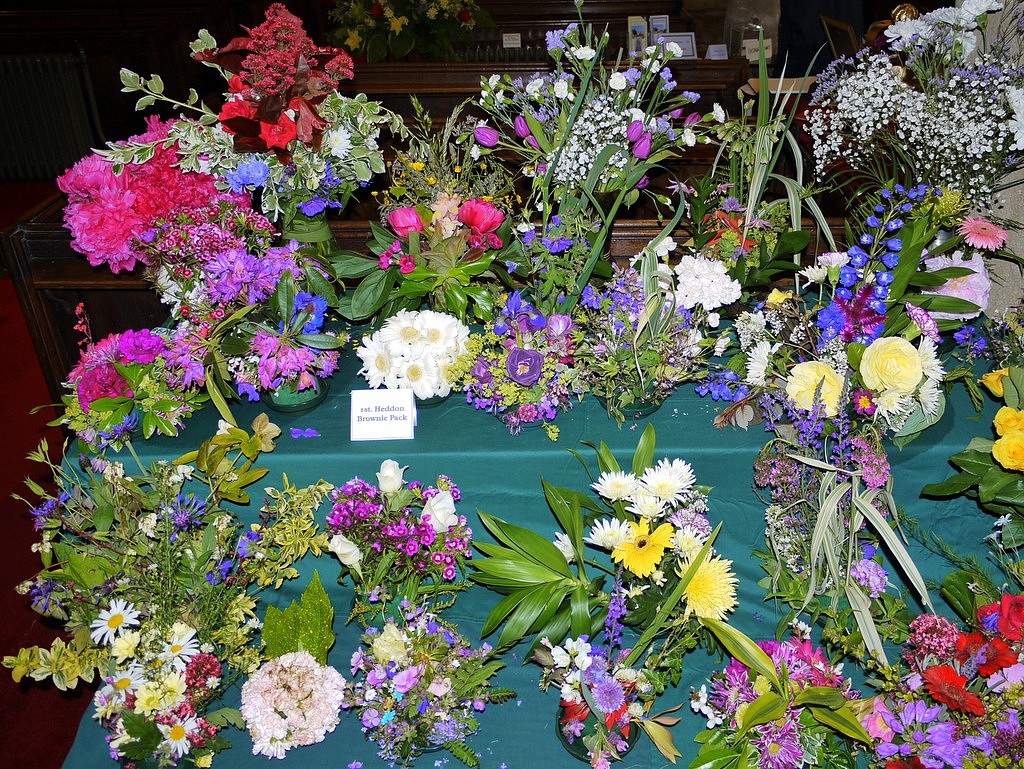
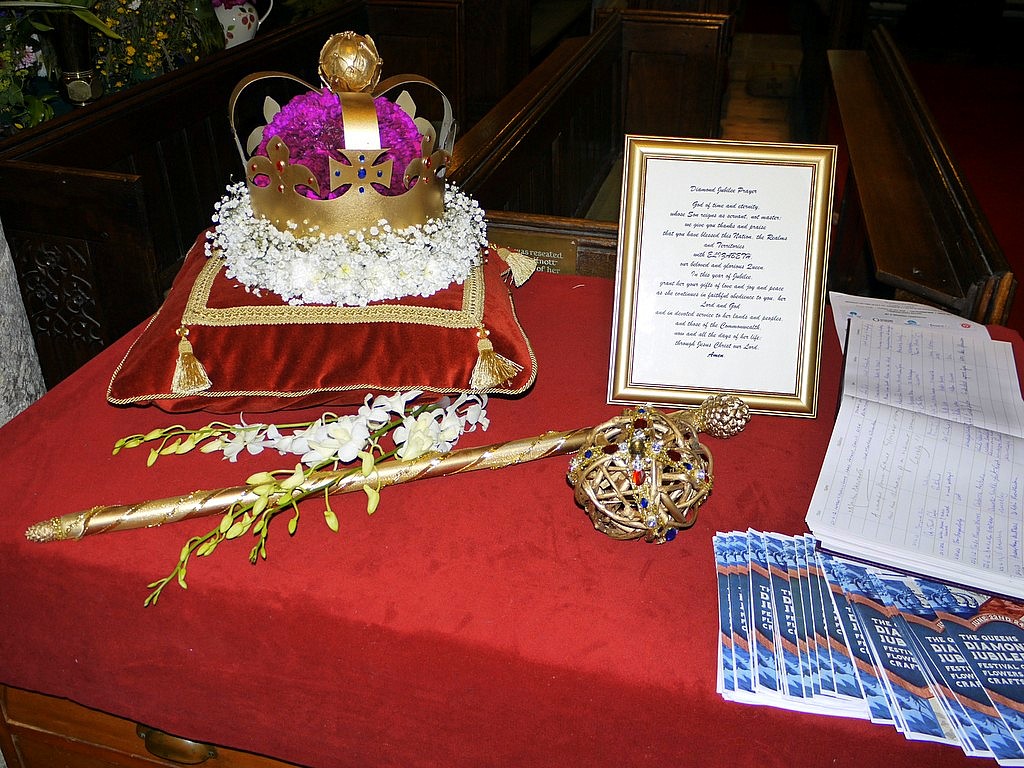
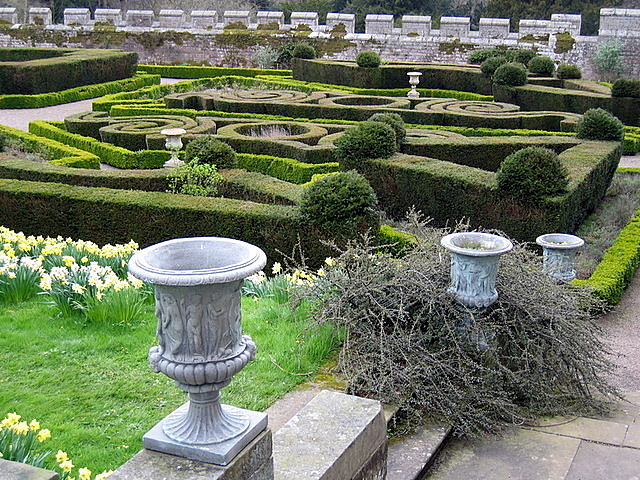
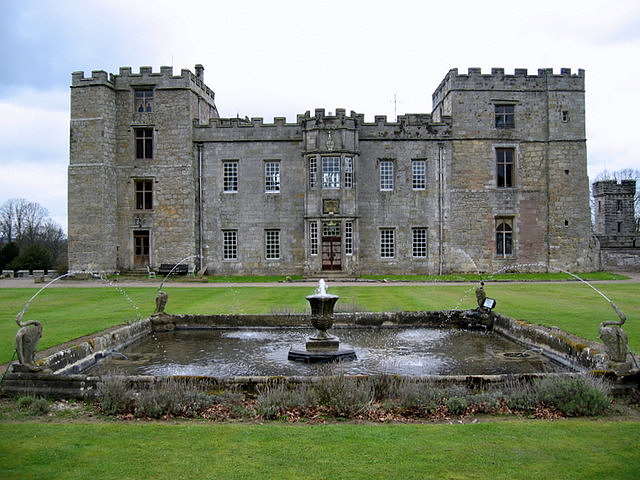
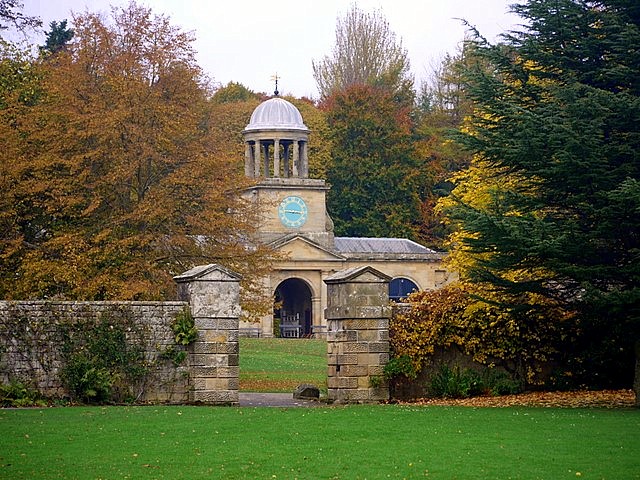
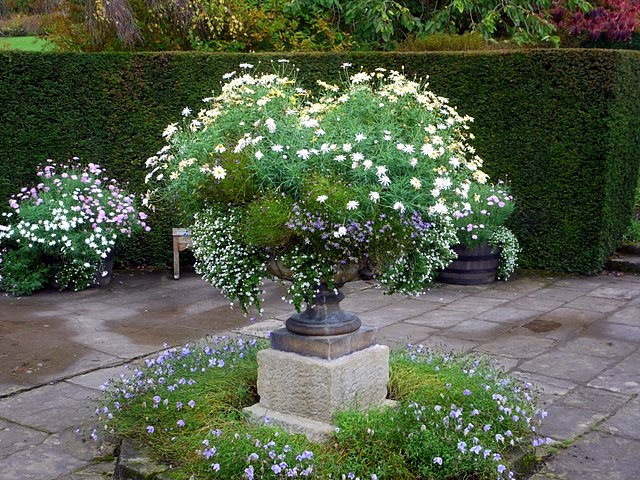
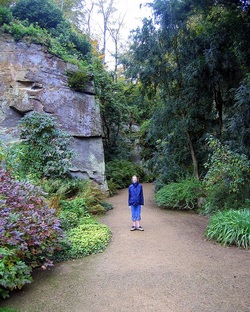
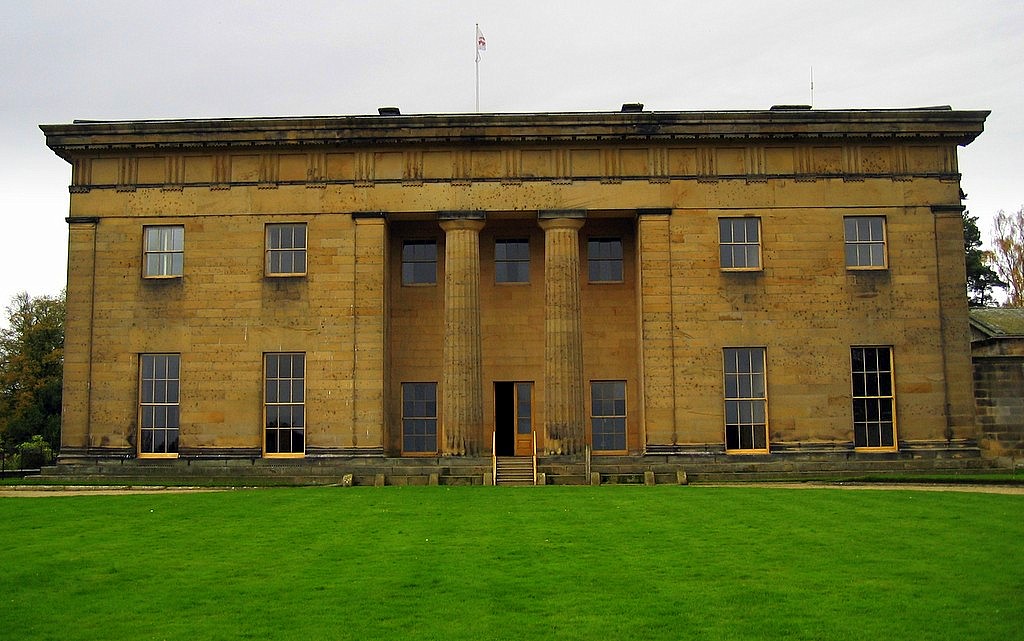
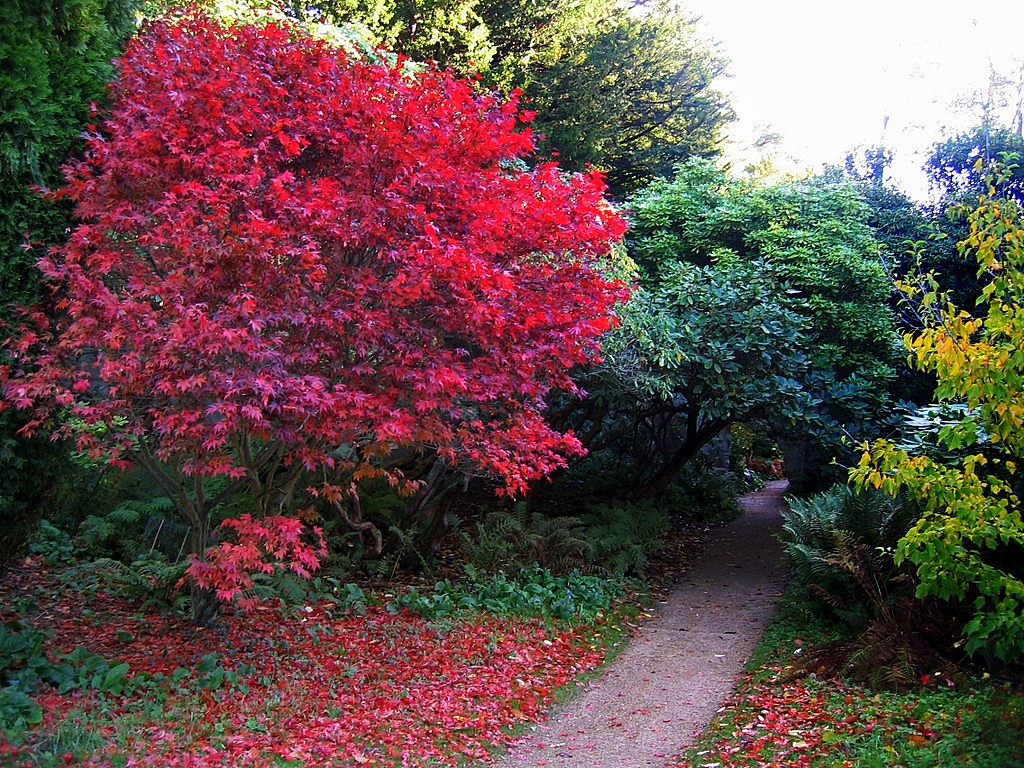
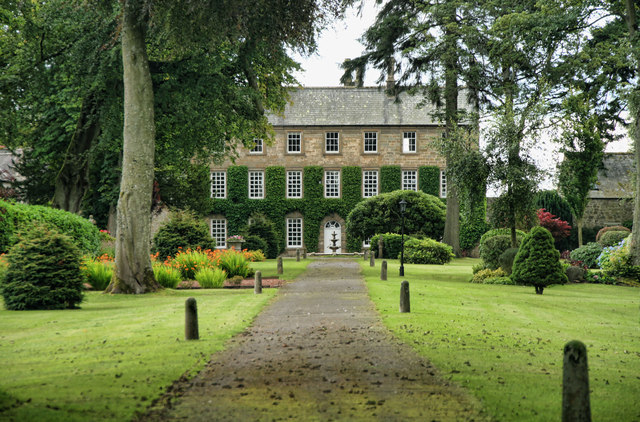

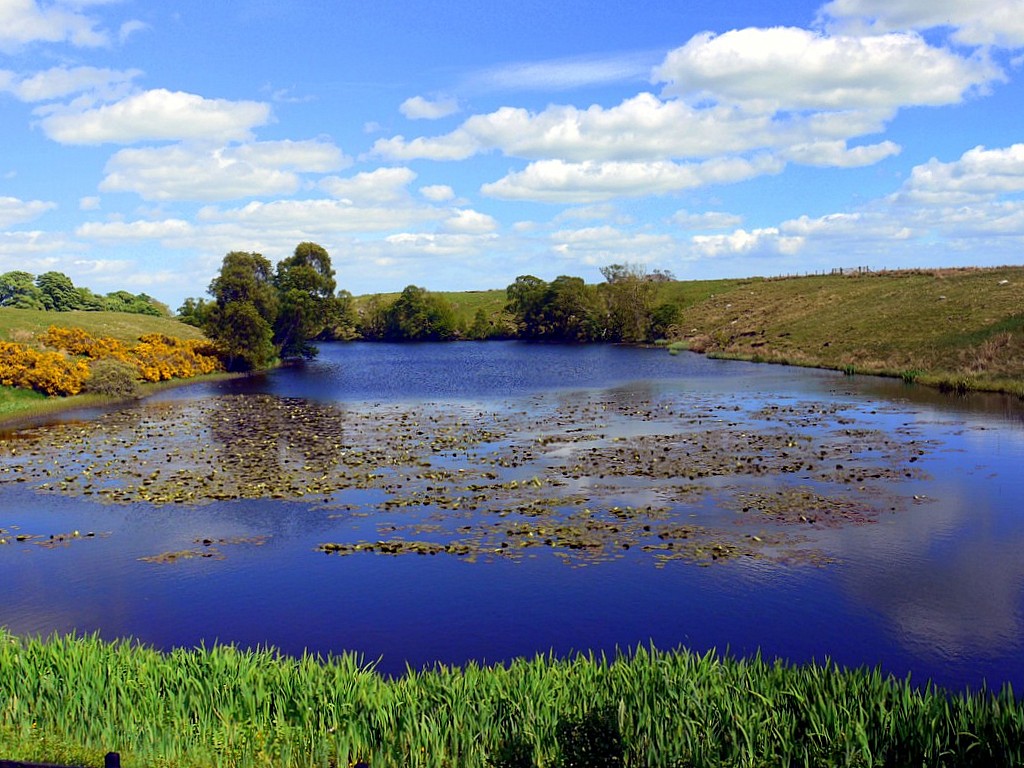
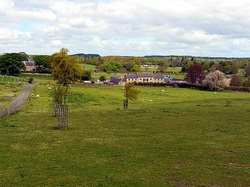
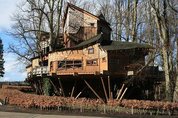
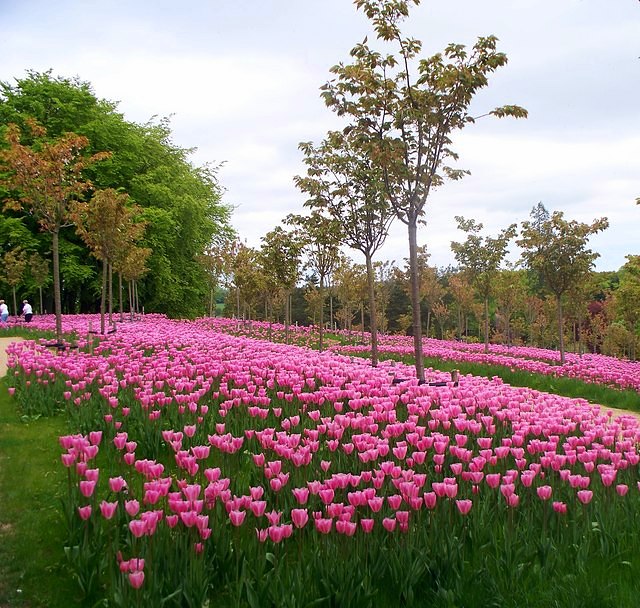
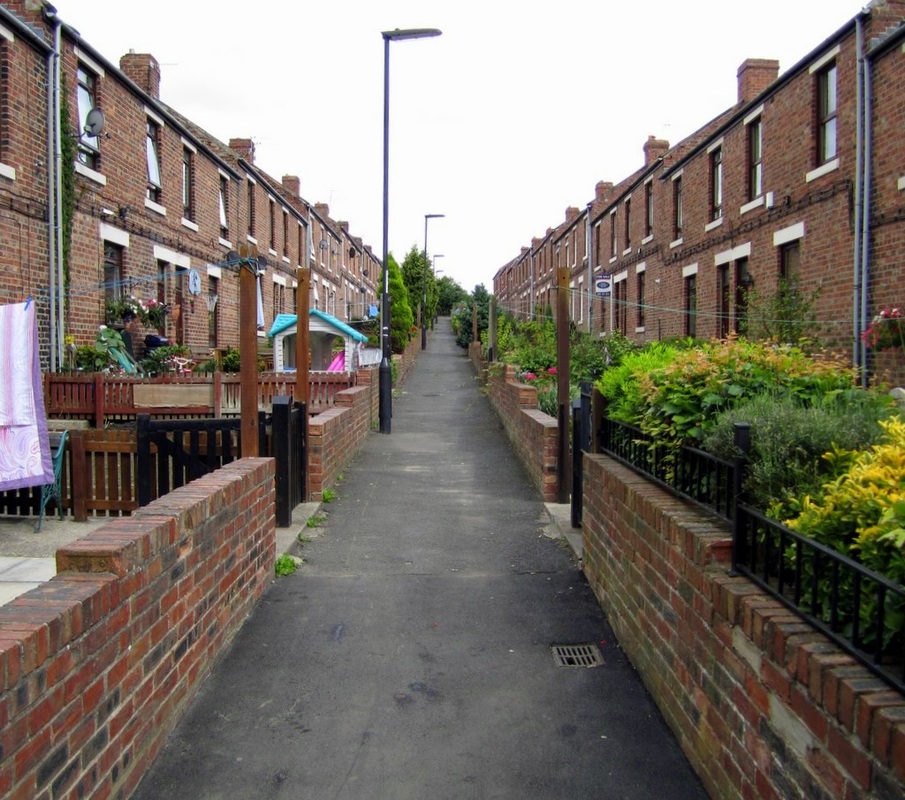
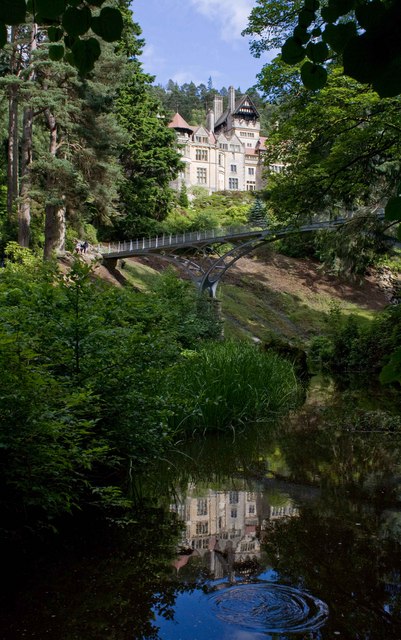
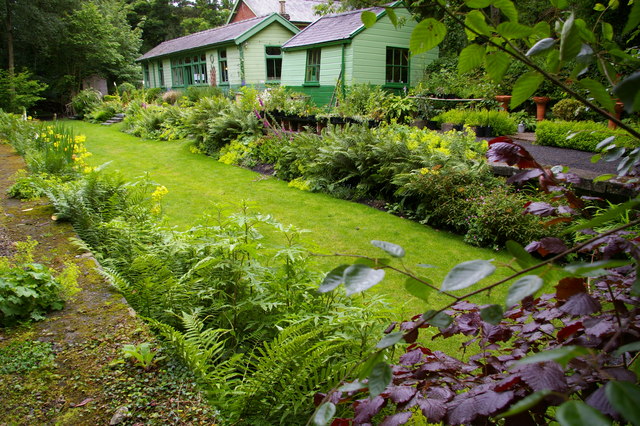
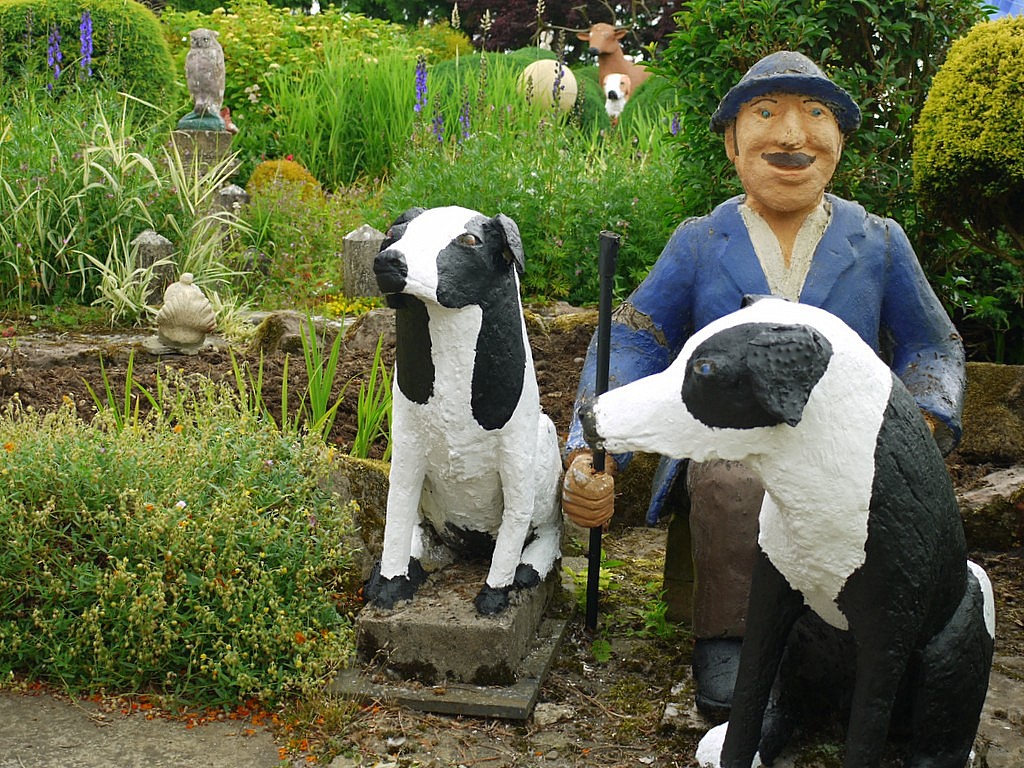

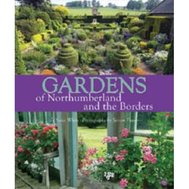

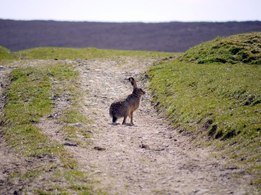


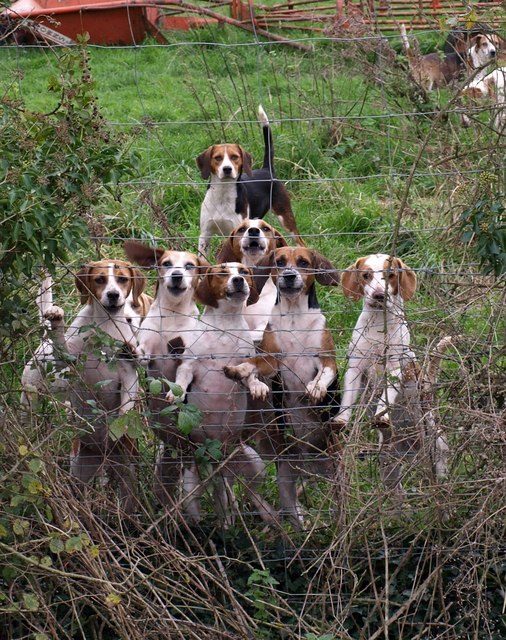
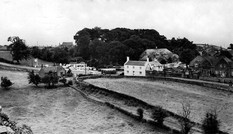
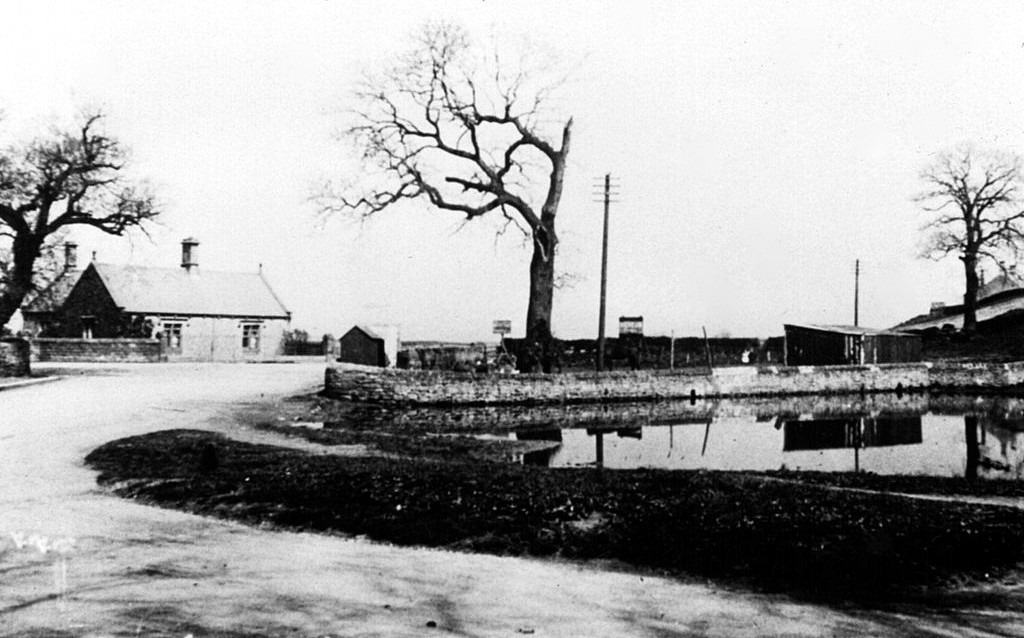
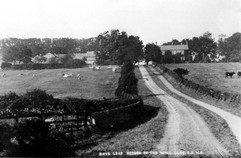
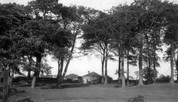
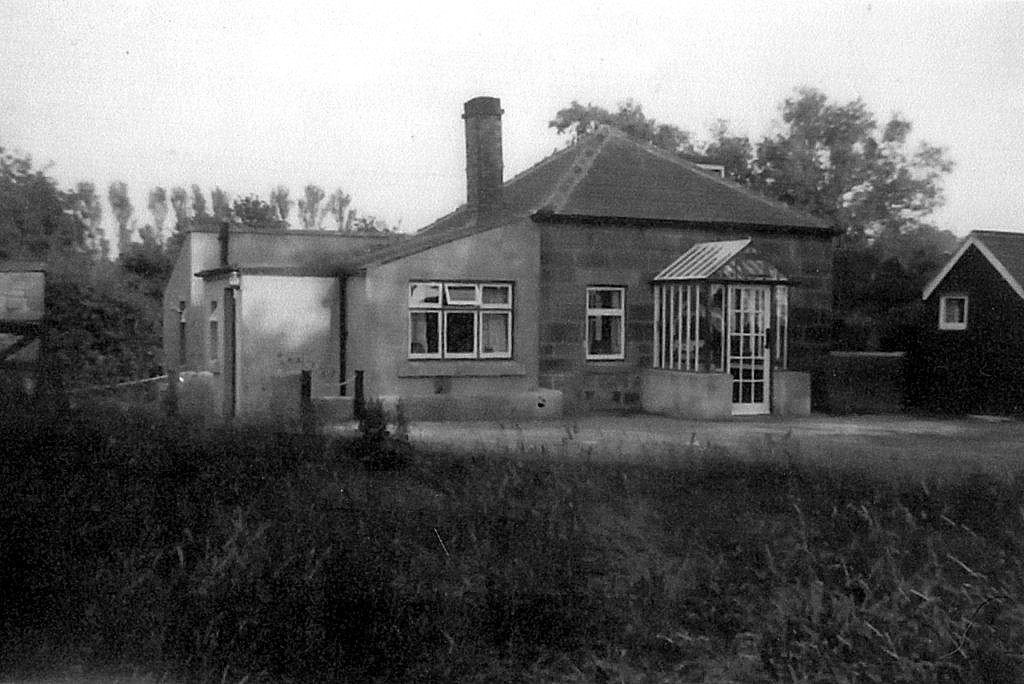
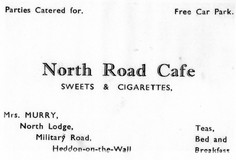
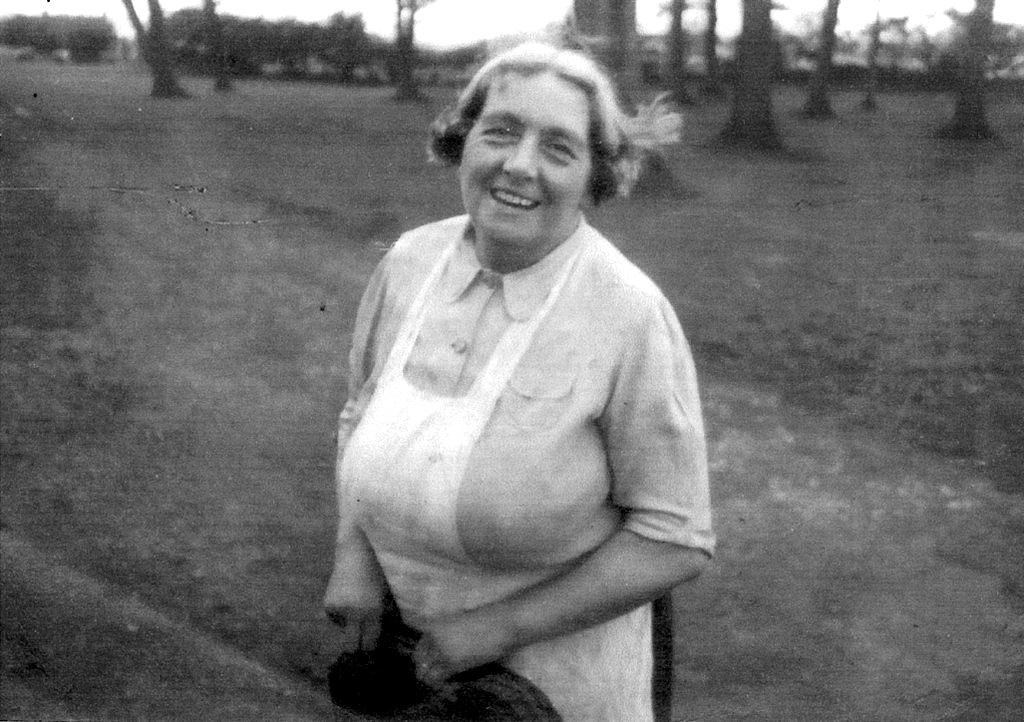
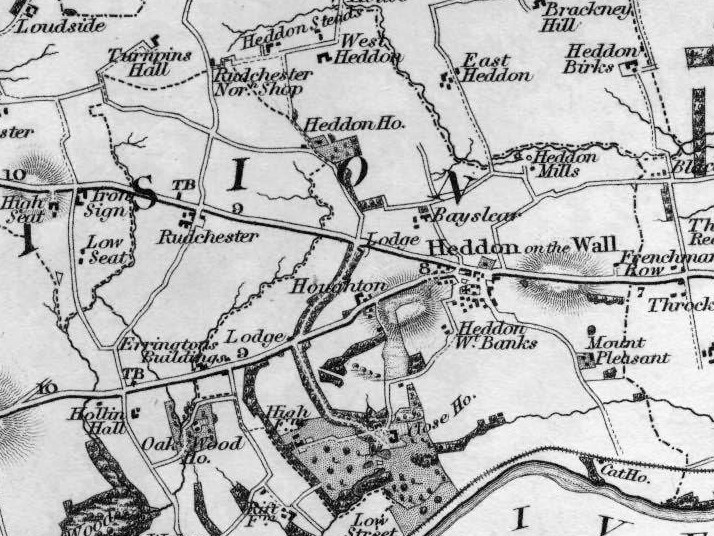
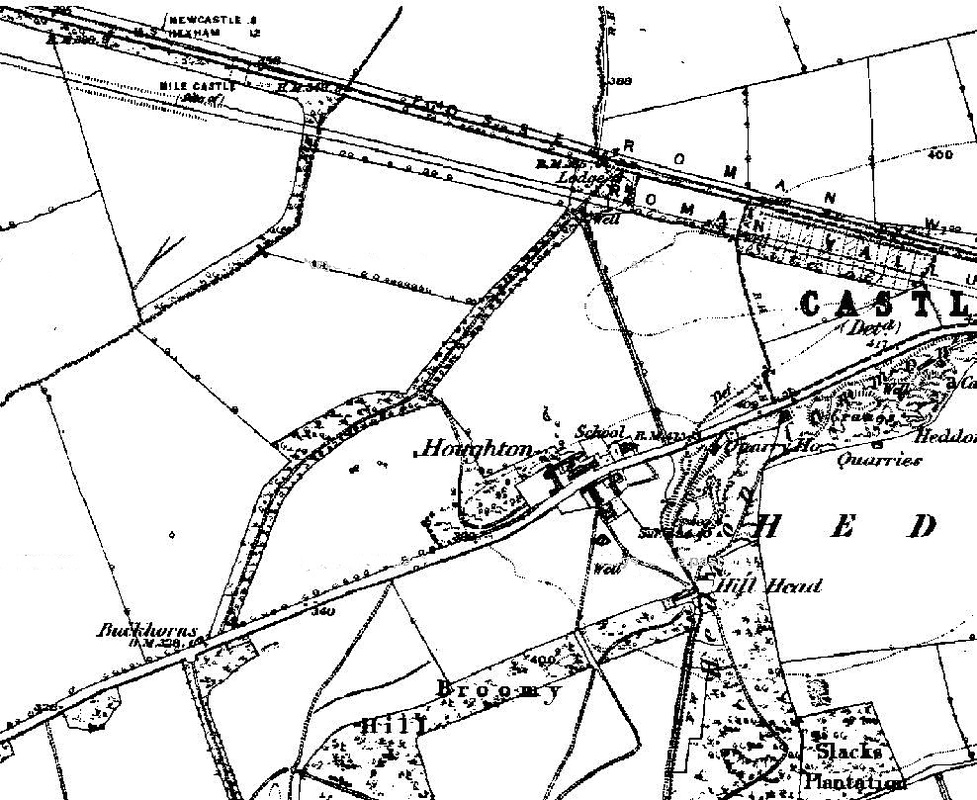

 RSS Feed
RSS Feed
